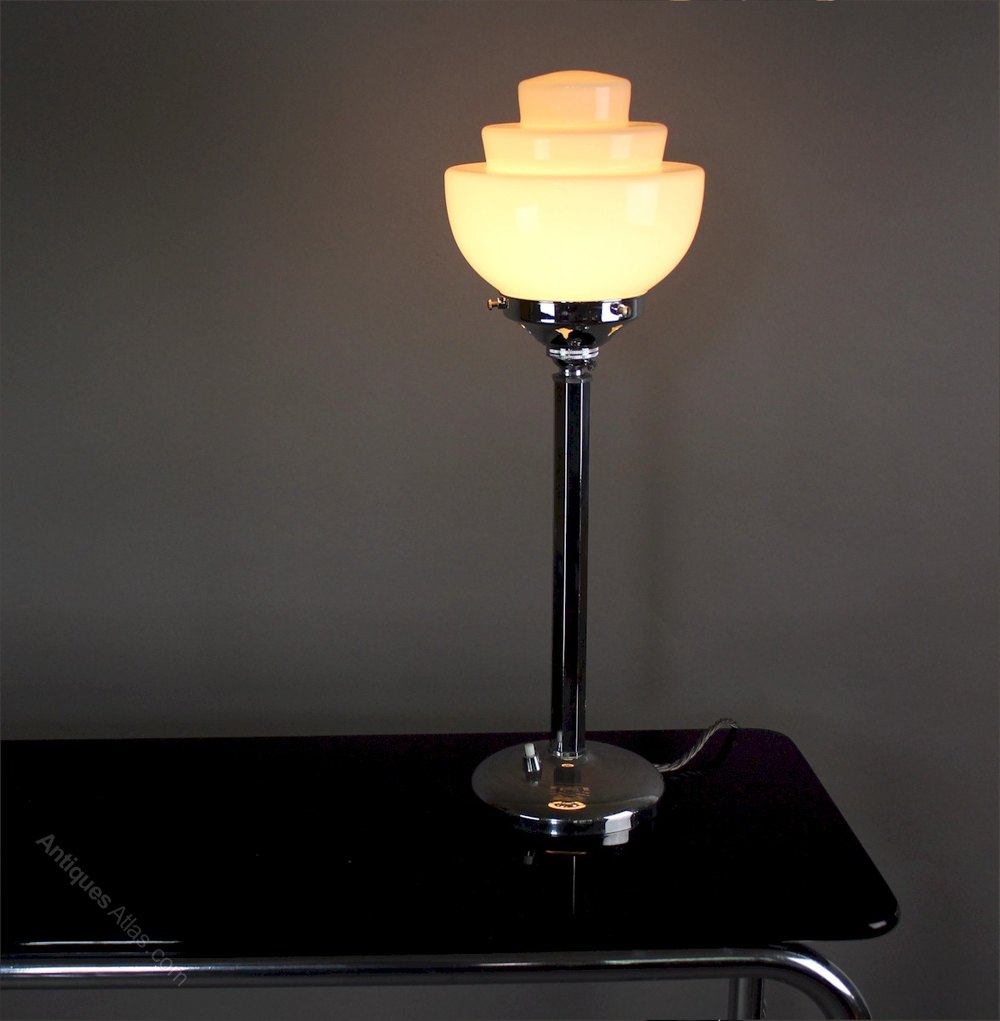

While we can unequivocally state that the Pro combines with Teles and Strats to stunning effect, changing over to a Les Paul reveals why some are less enamoured of 15-inch speakers. You will also notice that the microphone inputs yield a slightly beefier and fuller tone than the instrument inputs. Additionally the midrange thickens at higher volume with just a hint of cocked wah throatiness. Push the Pro just over halfway and the bass response softens as typical tweed fierceness creeps into the upper mids.Ībove this it’s all ferocious overdrive, awesome sustain and harmonic bloom. Bass string riffs punch through while treble strings ring over the top. Even before the amp volume reaches halfway, a deliciously Stonsey overdrive and grind makes its presence felt. We also noticed that there was no transient spikiness, so pedal- steel licks on the back pickup need no compressor enhancement.
ART DECO 15 INCH SPEAKERAMP FULL
The bottom end is lusciously full and rounded without being too loose and the midrange is extremely clear and articulate. However, the high-end also retains sweetness even when the treble and presence controls are pushed way beyond half way.Īt the other extreme the 15-inch ensures that there’s no chance of a Telecaster sounding wiry or lean. Some claim that 15-inch speakers lack treble but the Eminence brings out all of this circuit’s natural jangle, chime and cut. Since a tweed Pro and a Telecaster is regarded as a marriage made in heaven (aka Fullerton) that’s where we started. The large cabinet is clearly playing a part, too, because the Pro sounds huge through its own speaker and the room-filling qualities belie its modest 26-watt power rating. A 15-inch diameter provides a lot of speaker surface area and tested against a 12-inch Fane A60 in our Rift PR18 cabinet, the Eminence sounds both louder and brighter. The sound and response of the ’57 Custom Pro is much closer to the vintage tweed amps we have come to know and love, but the 15-inch speaker is the main event and it sets the Pro apart from all other tweeds. There’s no denying it was a pretty successful outcome in that regard, but for better or worse, the amplifier isn’t entirely ‘vintage’ in sound or function. When we reviewed Fender’s The Edge Deluxe in 2016 it seemed that the 5E3’s gain structure had been tweaked to deliver creamy overdrive at reasonable volumes.
ART DECO 15 INCH SPEAKERAMP DRIVER
In common with Victoria’s narrow-panel Pro clone the 35115, Fender has commissioned Eminence to supply a 15-inch driver for the ’57 Custom. Vintage examples shipped with a Jensen alnico P15N but this was often changed for a JBL. Since tweed scuffs up quite easily, owners would be well advised to use it if they want to keep this amp looking new.Ī 15-inch speaker has always been the tweed Pro’s distinguishing feature. A vintage-style canvas cover is provided, too. The review amp is pictured with a plastic handle but a leather handle is also supplied. The output transformer also switches automatically to work at four ohms when an extension speaker is connected to the second jack. Other modern features that are commonplace on Fender’s latest tweed reissues include rubber switch covers that resemble prophylactics and a metal box to shield the power valves and rectifier from damage.

The tweed has been coated to appear aged but not relic’d.

Even so, Fender is using its own-brand yellow Astron repro capacitors made from craft paper, tin foil and resin – just like the originals. Although the circuit is hand-wired on traditional eyelet board, the resistors are not carbon composite and plastic insulated hookup wire is used throughout in preference to cloth covered wire. It’s fair to say that Fender feels less bound to vintage specifications than some boutique builders. A period-correct 5U4 rectifier can be substituted for gain and feel that’s truer to vintage Pros and a 12AX7 can be used in V1 to hasten overdrive onset. Since it’s a replica of a ’57 model, the power valves are 6L6s rather than 5881s (used from ’58 to ’60) and they get their juice from a 5AR4 rectifier valve. Period schematics also specify a 12AY7 for V2, but this reissue has a 12AX7. Fender has stayed true to vintage spec with a 12AY7 in the V1 position.


 0 kommentar(er)
0 kommentar(er)
